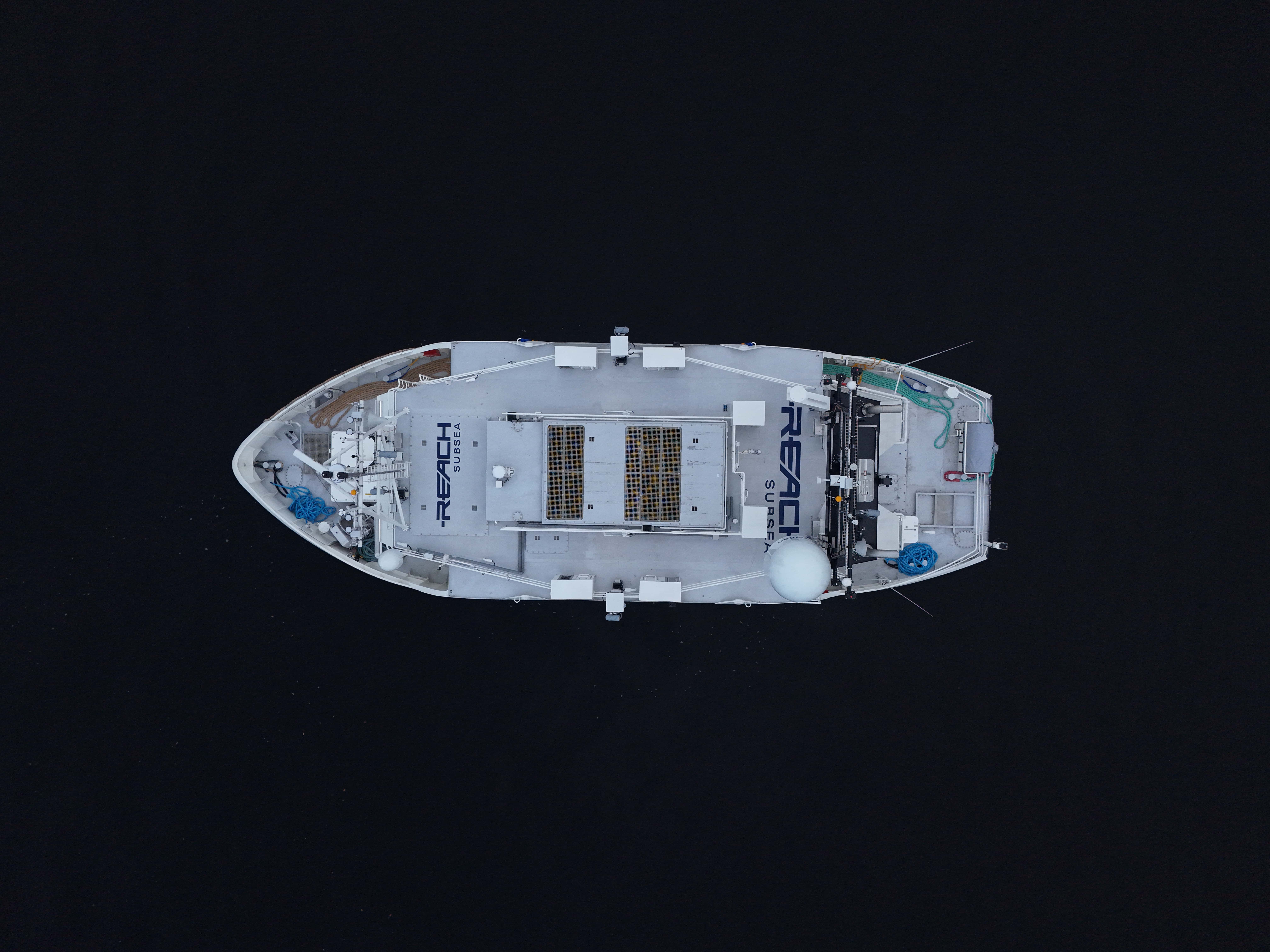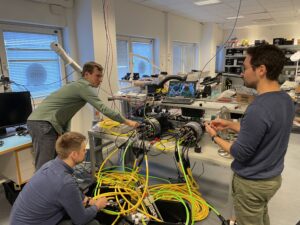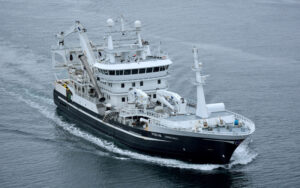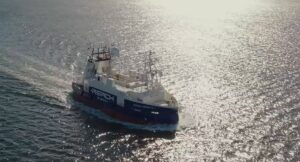Reach Remote 3 & 4

On 22 October 2024 Reach Subsea announced the award of a EUR 14.3 million grant from the European Union through the Emission Trading System Innovation Fund. A large part of this grant is dedicated towards co-funding of the investment in Reach Remote 3 and 4.
The total investment from Reach Subsea in Reach Remote 3 and 4, ready for commercial operations and after EU funding, is approximately NOK 620 million. Of this, the bank financing related to Reach Remote 3 and 4 covers two-thirds of Reach’s investment.
On 24 September 2025 Reach Subsea announced that it has exercised the first in a series of exclusive options with Kongsberg Maritime for the delivery of the next two uncrewed surface vessels (USVs), Reach Remote 3 and 4. Delivery is scheduled for the second half of 2027. The specifications for Reach Remote 3 and 4 will mirror the first two vessels, with targeted adjustments based on insights gained through the technical qualification programme and recent operational experience.
These deployments represent a major step forward in Reach Subsea’s development of remote operations architecture. In close collaboration with clients, the company has built a robust framework of ocean robotics capabilities—integrating advanced control systems, sensor technologies and remote piloting protocols. This structure enables efficient and safe subsea operations from onshore control centres around the world.
Project summary
Reach Remote seeks to transform subsea and offshore operations through advanced remote and autonomous technologies. The project’s Uncrewed Surface Vessels (USVs) have a potential Greenhouse Gas (GHG) emission reduction of up to 90% compared to traditional manned vessels, including reduced black carbon, methane and nitrous oxide emissions due to the smaller size of installed engines. The project’s remote-controlled and optimised system will deliver the same high-quality service while substantially decreasing the associated environmental impact.
Reach Remote’s approach surpasses current industry standards by integrating automation and electrification in USVs. While conventional offshore operations require crewed vessels with high emissions, Reach Remote’s autonomous technology enables real-time control from onshore, reducing operational costs, personnel risks, and environmental impact. Key pathways include electrification, digitalisation, and advanced robotics, which create new applications for renewable energy and offshore inspection sectors. Reach Remote reduces GHG emissions by removing the need for manned vessels in routine operations, potentially saving emissions equivalent to the annual energy use of about 12 000 individual European Union and EEA households. This solution highlights a significant advance towards climate-neutral offshore operations.
The project promotes policies on decarbonising the maritime sector, safe offshore operations, and advancing energy efficiency and infrastructure resilience to achieve net-zero emissions in Europe by 2050. By deploying electrification and automation in traditional sectors, Reach Remote contributes to the international agenda on emission reductions, showcasing how technology-driven GHG cuts can lead to a sustainable maritime industry. The project positively impacts biological diversity and will prevent and limit noise, air, and water pollution.
Reach Remote will enhance the maritime sector by employing European land operators and shipyards and creating automation, remote operations, and robotics jobs. This will reinforce Europe’s leadership in sustainable maritime innovation. The project can potentially develop different transport networks, improve services in remote areas, and build a more flexible supply chain.
Coordinator’s contact details
Christer Hollekim, Norway
christer.hollekim@reachsubsea.com
List of participants
Reach Subsea AS, Norway

Disclaimer: “Funded by the European Union. Views and opinions expressed are however those of the author(s) only and do not necessarily reflect those of the European Union or the European Climate, Infrastructure and Environment Executive Agency (CINEA). Neither the European Union nor the granting authority can be held responsible for them.” (Art. 17.3).
Would you like to discuss this vessel?
If you have any questions, please feel free to contact us.








